Migration from Magento 1
Since the end of support for Magento 1 in June 2020, clients have been increasingly asking for our advice on re-platforming from Magento 1, so we thought we’d share our thoughts on the subject.

When the majority of M1 sites were launched on what was then known as Community (now called Adobe Commerce Open Source on Magento 2), these sites typically involved a simpler customer journey and fewer third-party integrations (for example with ERPs), and budgets started from £10K - £15K.
Since then, the whole eCommerce environment has evolved. Customer journeys are more complex, reflecting the demand for greater efficiency and differentiation in the marketplace. ERP adoption is more commonplace, in part thanks to a diversified and more accessible offering across the market.
With a typical mid-sized M2 site including ERP integration taking five months to deliver, and support for M1 officially ceasing at the end of June 2020, now is a good time to start the process of migrating to M2.
The M2 platform is completely different to M1. It has evolved to meet the demands of merchants, including a greater ability to cope with more complex requirements and integrations. It is based on a new framework and offers improved performance and scalability for multichannel selling environments.
M1’s six-step checkout has been drastically improved with the introduction of M2’s two-step and guest checkout. Plus, PayPal Express Checkout comes with M2 out of the box.
eCommerce site managers also benefit from an improved, touchscreen and user-friendly admin panel that offers key metrics in a dynamic new dashboard with a modern interface; perfect for monitoring day-to-day business activity. It’s also easy to navigate on any device, making it quick and easy to find information. All this helps you manage your store better than ever.
Clients with higher online volumes understand that M2 is a vastly improved platform that offers a great opportunity to increase revenue. It’s faster and more secure, as it’s easier to update with regularly released versions and patches. It can also support bespoke development and third-party integration to improve business processes.
There is continued growth in M2 as Adobe look to integrate more of their own expertise and platforms, keeping Magento an exciting and relevant prospect for SMEs and particularly enterprise organisations.
The adoption of PWAs for Magento's front end will further widen this divide, as larger businesses seek to add app-like features to their sites with a new front end.
Our experience of migrating M1 sites has given us the following insights:
- Data migration—M1 to M2 is relatively simple due to its similar data structure.
- M2 module quality is usually higher than M1—a good indicator is when third- party vendors are using composer and (more rarely) Magento’s coding standards checker.
- Absolute now operate a whitelist of approved vendors based on our experience of building multiple M2 installations. We also operate a blacklist of vendors with poor support, obfuscated code and poor performance; - this is critical if clients are to avoid costly ongoing maintenance costs.
- Better API ref integrations for M2—simple integrations are straightforward to achieve with flat file exchange and mature modules.
- Better set of development tools for M2 are available, which helps with deployment process and keeping the site more modular.
- Varnish cache in core is excellent—no more slow sites!
- Movement towards PWAs is promising; we think the technology will mature and bring faster, more secure sites with app-like features. We are currently using React Native to develop non M2 web apps with a view to transferring this knowledge once Magento’s PWA studio is more commercially viable.
It’s worth remembering that as Magento 2 is a different platform from Magento 1, the migration from one to another should be considered as a rebuild. The more edited code, modules and integrations your original store has, the more work needed for your M2 build.
MIGRATION TO SHOPIFY
When considering whether to migrate from M1 to M2, it’s important to consider whether M2 is the right platform for you. In general, we are finding businesses turning over less than £1m online may not have the resources to invest in re-platforming to M2, where budgets start at £20K for an off-the-shelf theme. In this case, we suggest a sub-£10K budget for a theme based Shopify site .
Indeed, in a recent survey we undertook of over 200 M1 sites, roughly 40% said they would not be moving to M2.
These M1 sites with their ‘conventional’ customer journeys and less complex integration requirements are tending to migrate towards Shopify. As a Software as a Service (SaaS) platform, Shopify offers a more streamlined design and build process. The platform is often based on cost per transaction, which favours sites with smaller sales volumes.
When you approach an agency to undertake your Magento 1 migration, you will need to supply the following information:
- Size of product catalogue, i.e., number of SKUs.
- Sales volume per year and/or peak sales volume per month.
- Average order value.
- Number and nature of third-party integrations (ERP, warehousing, etc.).
- Are multiple storefronts / languages / currencies required.
Whether B2B functionality is required (invoice on account, per customer pricing, quick order, etc.)
We've put together a handy guide on providing this information.
These factors should enable the agency to recommend the right platform for you. Whichever platform you decide is the most suitable to migrate to, if you were previously running on M1 it is important you move in order to keep your eCommerce store safe and secure.
No further updates or features will be released for this platform, leaving your business and customers more exposed. The opportunity to migrate can also be seen as an exciting opportunity to improve the digital offering of your business.
ADOBE/MAGENTO CERTIFICATIONS

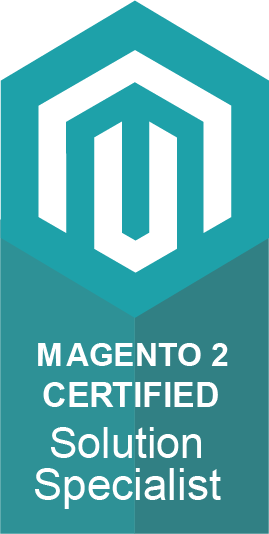
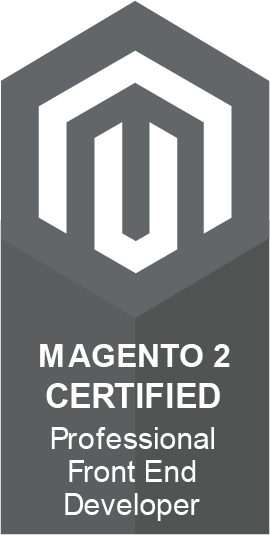
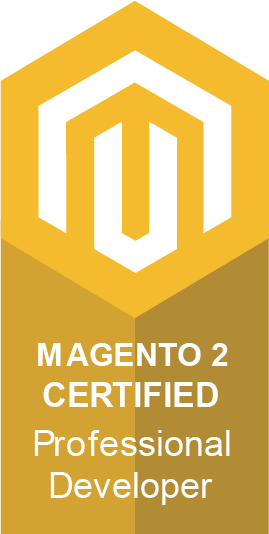
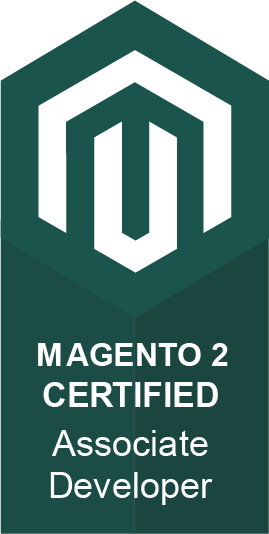
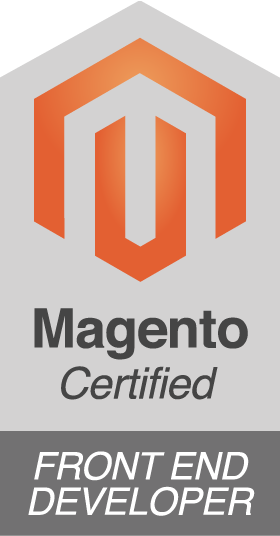
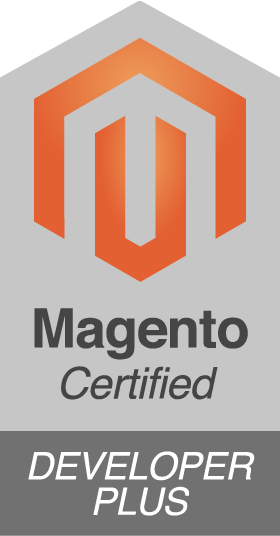
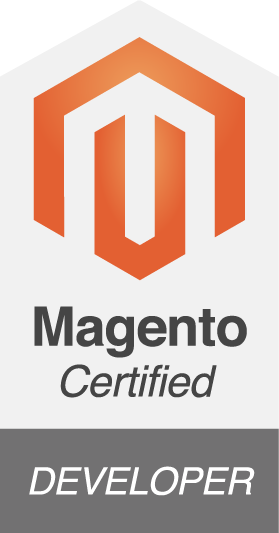
Get in touch if you would like a bespoke estimate for migrating your eCommerce website to Magento 2 or Shopify.

CASE STUDIES

Pantherella
Magento 1 migration, front-end development, and Magento 2 support for sock manufacturer Pantherella. Learn more about our work with Pantherella.
-
Magento -
-
Support

Fired Earth
A design and user experience study for a legendary lifestyle brand plus migrating their ecommerce store from Magento1 Enterprise to M2 Commerce Edition.
-
Magento -
-
Support
